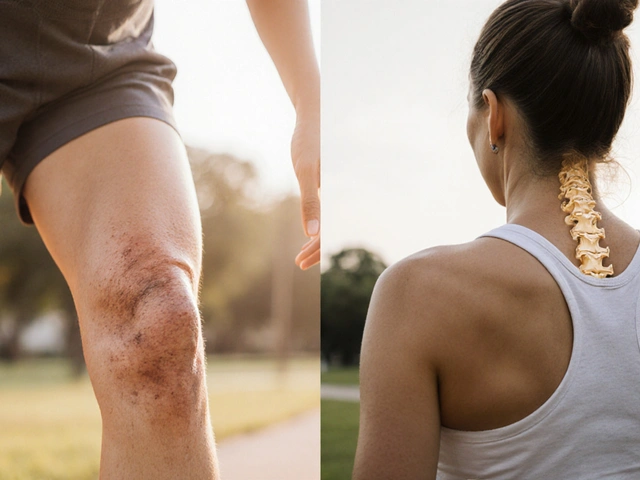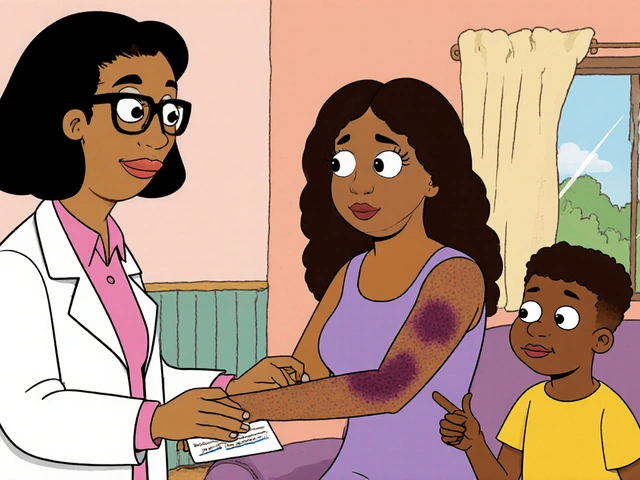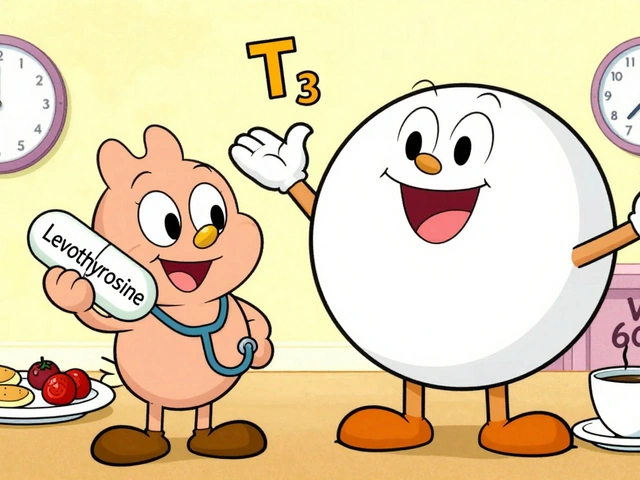Gynecomastia: Causes, Symptoms & Practical Treatment Options
Noticed a lump, swelling, or extra tissue under one or both nipples? That’s often gynecomastia — benign growth of glandular breast tissue in men. It can be upsetting and confusing, but many cases are manageable. Here’s what to watch for and what you can do right now.
Causes and diagnosis
Gynecomastia usually comes from a hormone imbalance: more estrogen effect or less testosterone. Common triggers: puberty, aging, obesity, alcohol, anabolic steroids, and some medicines like certain antidepressants, anti-androgens, or antibiotics. Health problems that change hormones — liver disease, thyroid issues, or testicular problems — can also cause it.
To diagnose, a doctor will do a physical exam and ask about your meds and habits. Blood tests check hormone levels. If the lump feels unusual, or if there’s nipple discharge or fast growth, imaging like an ultrasound or mammogram may be ordered to rule out cancer. A related issue is pseudogynecomastia — extra fat without glandular growth — which changes the approach.
Treatment options and when to see a doctor
If gynecomastia is mild and caused by puberty, it often improves within months to a couple of years. For adults, small or stable cases can be watched. Start with simple steps: stop alcohol and recreational drugs, review prescription meds with your doctor, and try weight loss if you’re overweight. Avoid anabolic steroids — they’re a common culprit and can make the condition worse.
Medications can help in some cases. Selective estrogen receptor modulators (SERMs) like tamoxifen are used off-label to reduce breast tissue and tenderness. Aromatase inhibitors are sometimes used but evidence is weaker. If low testosterone is the cause, testosterone replacement under an endocrinologist’s care may help.
Surgery is the most reliable option for lasting change. Techniques include liposuction (for fatty tissue) and direct excision (for glandular tissue). Recovery usually takes a few weeks; scarring and costs vary. Talk to a board-certified plastic surgeon about realistic results and risks.
Wear compression shirts to improve appearance while you decide on treatment. If you notice rapid growth, hard nodules, nipple discharge, pain, or if gynecomastia affects your mental health, see a doctor sooner. An endocrine workup can find treatable causes.
Bottom line: gynecomastia is common and usually not dangerous. Start with a clear diagnosis, remove obvious triggers, and then pick a treatment path that fits your goals — whether that’s waiting, medical therapy, or surgery. If you’re unsure, a visit to your primary doctor or an endocrinologist will get you the right tests and options.




